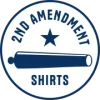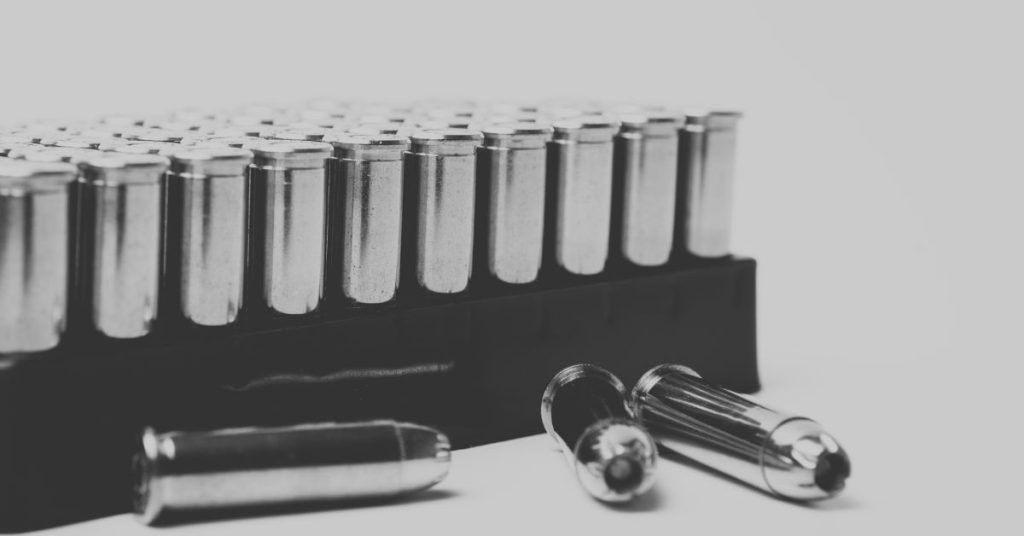Cartridge .38 Special may speak wonders. It’s praised as one of the most accurate handgun calibers in the world. The first appearance of the caliber .38 Special in the international scene goes back to the year 1902.
This new ammo came into the world in the hands of Smith & Wesson. They embarked on the adventure of developing a new gauge for the weapons of the American troops.
.45 ACP
While the .45 ACP in the end won the game, .38 Special earned the blessing of many members of the armed forces. The .38 Special has always offered its best results since the drum of a revolver.
Given its popularity, large arms manufacturers opted for designing revolvers prepared to fire this ammunition. The Springfield Company took almost all the limelight, with models as emblematic as the series J (small-frame revolvers).
.38 Special
.38 Special ammunition became the gauge most widely used by the revolvers of police. Until the end of the second world war until the arrival of the semiautomatic pistols and the 9mm Parabellum, this was the round of choice.
This fact marked the end of the reign of the .38 Special as ammunition for defense. Although in recent years it seems to be living a second youth thanks to the variant + P (increased load).
In this sense, the latest venture of Smith & Wesson in the sector of weapons of Defense, its new S & W Bodyguard revolver, arrives precisely with this letter under the arm: supports cartridges caliber .38 Special + P, which considerably improves the power and the power to stop this century-old ammunition.
Disadvantages
As we can see, one of the major disadvantages that always has been blamed for the .38 Special is its low power to be used as ammunition for defense.
Although now more fans to “spicy” cartridges have the variant + P, about 70 years ago the House Smith & Wesson decided to put an end to these criticisms, designing a new caliber: .357 Magnum.
This cartridge, born in 1934, is an obvious derivative of .38 Special. In fact, externally barely differ in the sheath of the .357 Mag is a little longer. A .357 Magnum cartridge is usually much faster than one .38 SPL.
Given that it is two cartridges with a nearly identical exterior design, the ammunition of the caliber .38 Special can be fired from a revolver with the .357 Magnum Chamber.
However, for safety reasons, from a revolver with the .38 S & W Magazine, the caliber cartridges can’t shoot .357 Mag. This compatibility on many occasions to the caliber .38 Special, especially among the marksmen, who find in this ammunition best price (cheaper than the .357 Magnum s) purchase, less recoil after each shot, and usually more accurately.
The .38 Special is a low pressure cartridge, whose best accurate results are obtained with speeds of less than 250 meters/second and projectile type “wadcutter” (flat tip).
Today the .38 Special remains one of the most manufactured and disseminated munitions around the globe. The big brands such as Winchester, Remington, Federal, Magtech or ITC, among many others, produce multiple varieties of this caliber.
The .38 Special fame goes far beyond having been the caliber of the legendary Colt Detective Special revolver. Its popularity is due more to excellent conditions as ammunition for defense and for precision shooting.

